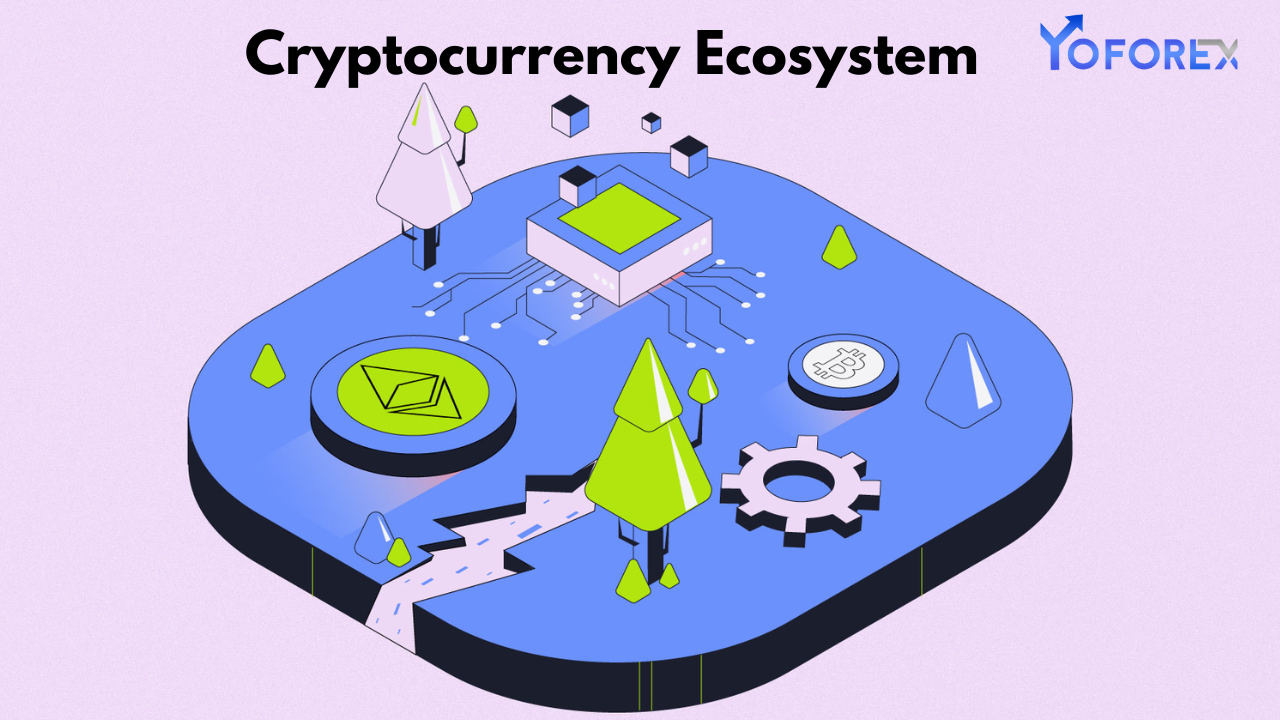Mining is one of the fundamental processes in a cryptocurrency ecosystem, ensuring the security, functionality, and decentralization of the network. As the backbone of many blockchain-based systems, mining plays a critical role in verifying transactions, creating new coins, and maintaining trust within the ecosystem. In this blog, we’ll explore the role of mining, how it works, and its significance for cryptocurrency projects.
What Is Mining in Cryptocurrency?
Mining is the process by which transactions are validated and added to the blockchain ledger. It involves solving complex mathematical problems to secure the network and create new cryptocurrency units.
Key Components of Mining:
- Consensus Mechanisms:
- Mining often operates under Proof of Work (PoW), where miners compete to solve cryptographic puzzles.
- Mining Equipment:
- Miners use specialized hardware, such as ASICs (Application-Specific Integrated Circuits) or GPUs (Graphics Processing Units), to perform the computations.
- Rewards:
- Successful miners receive rewards in the form of newly minted cryptocurrency and transaction fees.

Why Mining Is Essential in Cryptocurrency Ecosystems
Mining serves several crucial purposes in a cryptocurrency ecosystem:
1. Transaction Validation:
Mining ensures that transactions are legitimate, preventing double-spending and fraudulent activity.
- How It Works:
- Miners group transactions into blocks.
- Each block is verified and added to the blockchain.
2. Network Security:
By requiring miners to solve computational puzzles, mining secures the network against attacks.
- 51% Attack Prevention:
- A PoW system makes it difficult for a malicious entity to control more than 50% of the network’s computing power.
3. Decentralization:
Mining distributes the responsibility for maintaining the blockchain across a global network of miners, ensuring no single entity has control.
- Decentralized Consensus:
- The distributed nature of mining allows for trustless operation without central authorities.
4. Coin Creation:
Mining introduces new coins into circulation, controlling the supply and ensuring scarcity.
- Example:
- Bitcoin’s maximum supply is capped at 21 million coins, and mining is the mechanism by which these coins are gradually released.
Types of Mining in Cryptocurrency Ecosystems
There are various types of mining, depending on the consensus mechanism and network requirements:
1. Proof of Work (PoW) Mining:
- How It Works:
- Miners compete to solve a cryptographic puzzle.
- The first miner to solve the puzzle adds the block to the blockchain and earns a reward.
- Advantages:
- Highly secure and decentralized.
- Disadvantages:
- Energy-intensive and requires significant computational power.
- Examples:
- Bitcoin, Ethereum (before transitioning to PoS).
2. Proof of Stake (PoS) Mining:
- How It Works:
- Validators are chosen based on the number of coins they hold and are willing to stake as collateral.
- Validators confirm transactions and create new blocks.
- Advantages:
- Energy-efficient and faster than PoW.
- Disadvantages:
- Wealthier participants may have more control.
- Examples:
- Ethereum 2.0, Cardano.
3. Hybrid Systems:
- Some cryptocurrencies use a combination of PoW and PoS to balance security and efficiency.
- Examples:
- Decred, Horizen.
Economic Incentives in Mining
Mining incentivizes participants to contribute resources to the network through rewards and fees.
1. Block Rewards:
- Miners earn cryptocurrency rewards for adding new blocks to the blockchain.
- Example: Bitcoin miners currently receive 6.25 BTC per block.
2. Transaction Fees:
- Miners collect fees from users who pay to prioritize their transactions in a block.
- Transaction fees become more significant as block rewards decrease over time.
3. Halving Events:
- Many cryptocurrencies, like Bitcoin, reduce block rewards periodically (e.g., Bitcoin halving every four years).
- This scarcity mechanism impacts miner revenue and cryptocurrency value.
Environmental and Technical Challenges in Mining
Despite its importance, mining faces several challenges:
1. Energy Consumption:
- PoW mining consumes vast amounts of energy, raising concerns about environmental impact.
- Example: Bitcoin’s annual energy consumption is comparable to that of some small countries.
2. Centralization Risks:
- The cost of mining equipment can lead to centralization, with large-scale operations dominating the network.
3. Hardware Dependency:
- Mining profitability depends on having access to high-performance hardware.
- Frequent updates in mining algorithms can render old equipment obsolete.
4. Regulatory Scrutiny:
- Governments are increasingly scrutinizing mining operations due to energy use and environmental concerns.
- Some regions have banned or restricted mining activities.
Innovations in Mining
The cryptocurrency industry is exploring solutions to address mining challenges:
1. Green Mining:
- Renewable energy sources like solar and hydroelectric power are being adopted to reduce the carbon footprint of mining.
2. ASIC-Resistant Algorithms:
- Some cryptocurrencies use algorithms designed to make mining more accessible to individuals rather than large-scale operations.
3. Layer-2 Solutions:
- Layer-2 scaling solutions reduce the load on the main blockchain, minimizing the need for extensive mining.
4. Transition to PoS:
- Many projects, including Ethereum, are moving to Proof of Stake to improve energy efficiency and scalability.
Should Your Cryptocurrency Use Mining?
Deciding whether to incorporate mining into your cryptocurrency depends on your project’s goals and priorities:
When to Use Mining (PoW):
- If decentralization and security are paramount.
- For projects that aim to mimic Bitcoin’s model of trustless operation.
When to Avoid Mining (PoW):
- If energy efficiency and scalability are critical.
- For projects targeting eco-conscious users or operating in regions with strict environmental regulations.
Alternative Models:
- Consider PoS or Delegated Proof of Stake (DPoS) for energy-efficient and scalable networks.
Conclusion
Mining plays a foundational role in cryptocurrency ecosystems by securing networks, validating transactions, and distributing new coins. However, it comes with challenges, including energy consumption and hardware dependency. As the cryptocurrency landscape evolves, innovative solutions like green mining and Proof of Stake are reshaping how mining fits into blockchain ecosystems. By understanding the role and implications of mining, you can make informed decisions about integrating it into your cryptocurrency project.

